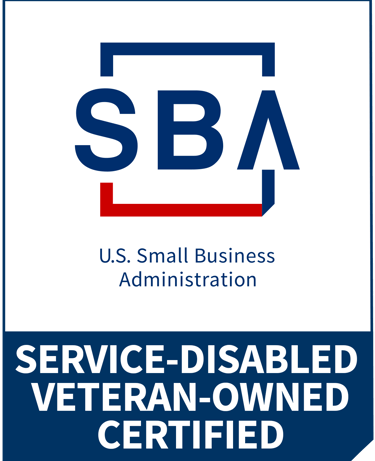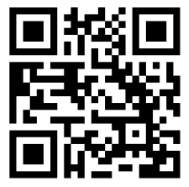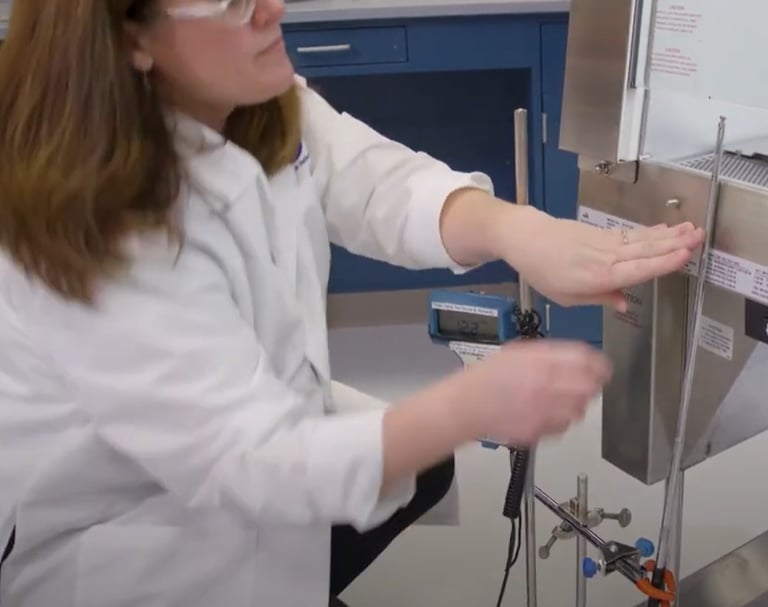

It is of critical importance to comply with the certification requirements for biosafety cabinets. HPI offers an all-encompassing service, inclusive of testing, certification, and maintenance, for biological safety cabinets. Our NSF49-certified technicians have the ability to certify equipment from all major manufacturers. All biosafety cabinet certifications are conducted in accordance with NSF guidelines.
To ensure compliance with NSF/ANSI 49, OSHA, NIH/CDC, and the manufacturer's specifications, biological safety cabinets must be tested regularly. These tests must be conducted upon installation or relocation and following any significant maintenance, such as HEPA filter replacements. NSF 49 recommends that certifications should be carried out at least once a year, with some applications requiring BSC certifications more frequently. For instance, a BSC utilized for sterile compounding (USP<797>) would necessitate certification every six months.
To prevent contamination and safeguard the health of patients and employees, laboratories must take adequate precautions. Therefore, biosafety cabinet testing and certification should form a regular component of the safety measures taken by a laboratory.
Primary tests performed include:
Inflow velocity measurements – ensure proper inflow is maintained for operator protection and environmental protection.
Downflow velocity measurements – documents that the air in the work area is unidirectional and functioning as designed, preventing cross-contamination, and providing product protection from the environment
HEPA filter integrity testing – documents leakage or defects and ensures HEPA filters provide required filtration to prevent both product and environmental contamination
Visible Aerosol (smoke) pattern testing – qualitatively verifies airflow directions using a small source of visible fog
Site installation testing and alarm calibration – confirms alarm performance and assesses installation of units for NSF and OSHA compliance
Optional tests include:
Non-viable particle counting – performed in accordance with ISO 14644-1 or EC Annex 1, and provides a quantitative evaluation of air quality in terms of particulate in the work area
Electrical safety testing – ensures the unit is electrically grounded, limiting the shock risk to end users
Fluorescent light testing – ensures fluorescent lighting levels are sufficient to prevent operator fatigue
UV light testing – ensures the UV light operates adequately and provides UVC output for proper exposure calculation
Pressure decay and cabinet integrity testing – establishes structural integrity and confirms contamination cannot escape through welds, joints or panels
Vibration testing – ensures product is not subject to damage due to vibration and may be performed in association with troubleshooting
Sound testing - verifies hood operation/usage will not contribute to worker fatigue/stress and may be performed in association with troubleshooting
Airflow visualization studies – provides a qualitative identification of appropriate work zone airflow
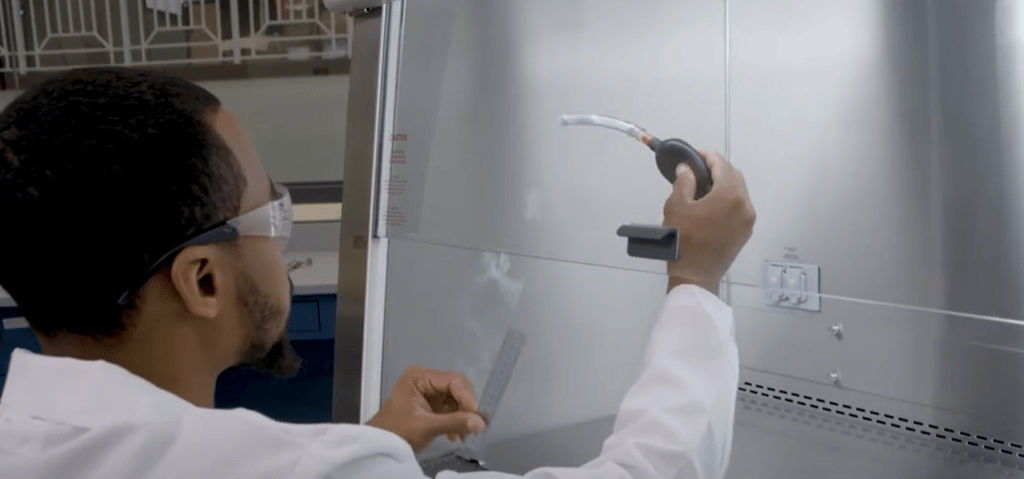

Biological Safety Cabinet Testing per NSF49
How often should a Biological Safety Cabinet be certified?
Per NSF/ANSI 49, a Class II Biosafety Cabinet, at a minimum should be certified at least once a year.
When used in Pharmaceutical compounding, USP 797 / USP 800, a Class II Biosafety Cabinet, at a minimum should be certified at least twice a year.

Call or text 813-291-3344
8051 N. Tamiami Trail
STE E6
Sarasota, FL. 34243
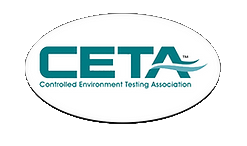

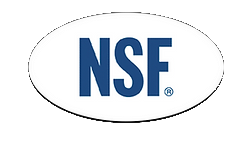

or - click or scan our QR code:
